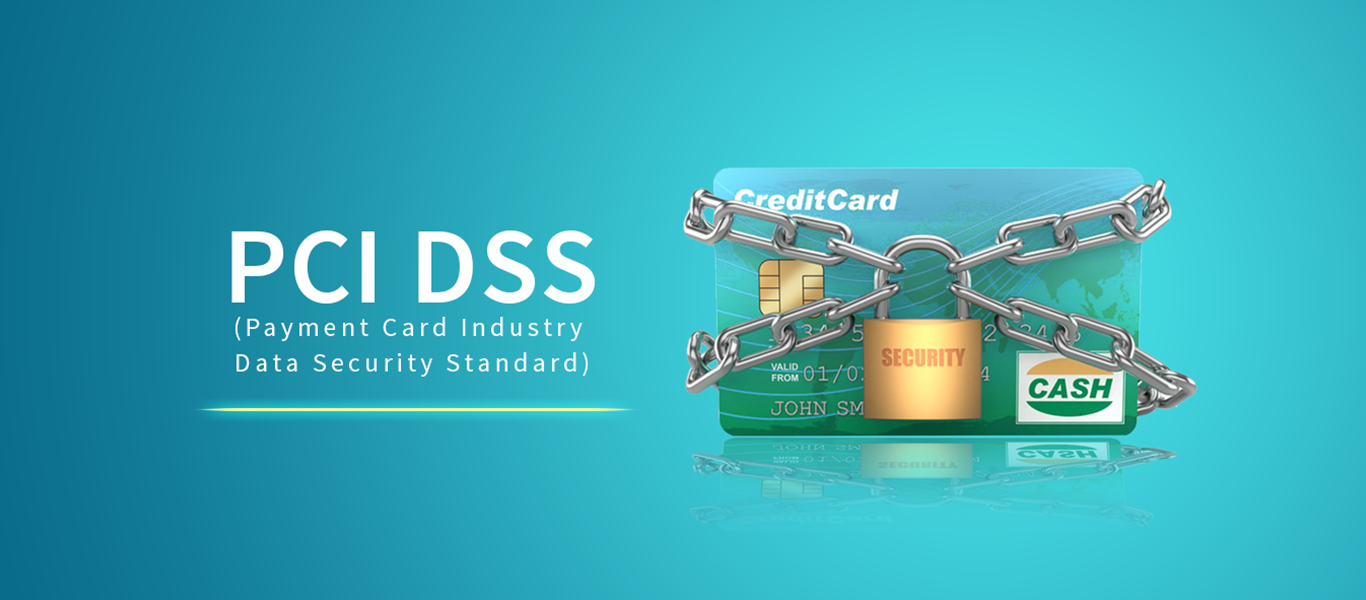When it comes to handling payment card information, keeping data safe is crucial. This is where PCI DSS (Payment Card Industry Data Security Standard) comes into play. It’s a set of security standards designed to ensure that all companies that accept, process, store, or transmit credit card information maintain a secure environment. Whether you’re a small business owner or a large enterprise, understanding PCI DSS is essential to protect your customers’ data and ensure your business stays compliant. But what exactly is PCI DSS, and why is it so important?
What is PCI DSS?
Let’s start with the basics. PCI DSS, or Payment Card Industry Data Security Standard, is a set of regulations put together by major credit card companies (Visa, MasterCard, American Express, Discover, and JCB) to safeguard payment card data. This standard was first launched in 2006, and it has since evolved to address new security threats. PCI DSS applies to anyone who stores, processes, or transmits cardholder data, regardless of the size of their business.
Think of PCI DSS as a security roadmap that outlines what companies need to do to protect their customers’ payment information. It’s like having a well-guarded vault for sensitive data, with specific rules on how to lock it up securely.
What is the Purpose of PCI DSS?
So, why does PCI DSS exist? The primary goal is to reduce the risk of payment card fraud. With cyberattacks becoming more sophisticated, businesses need to adopt strict measures to prevent unauthorized access to sensitive financial data. PCI DSS provides guidelines that help companies secure this data, minimize the likelihood of breaches, and, ultimately, protect consumers.
In simpler terms, PCI DSS ensures that businesses treat customer data with the highest level of security, much like locking up valuable treasures in a high-tech security system. If your company accepts card payments, adhering to PCI DSS can save you from potentially devastating data breaches and fines.
What are the 6 Principles of PCI DSS?
The PCI DSS framework is built around six core principles. These principles are like the building blocks of data security:
- Build and Maintain a Secure Network
This includes setting up firewalls and ensuring your network is protected from potential threats. - Protect Cardholder Data
Businesses must ensure that cardholder data is encrypted when transmitted over public networks. - Maintain a Vulnerability Management Program
Installing and regularly updating antivirus software is crucial to prevent malware from attacking your systems. - Implement Strong Access Control Measures
Only authorized personnel should have access to sensitive data, and this access should be limited. - Monitor and Test Networks
Regular testing and monitoring help detect any security weaknesses or unauthorized access attempts. - Maintain an Information Security Policy
Businesses need to have a clear and enforced security policy that employees follow to ensure the protection of cardholder data.
What are the 12 Requirements of PCI DSS?
Under these six principles, PCI DSS outlines 12 specific requirements that businesses must follow to be compliant. These are the actual steps to take in your day-to-day operations to ensure payment card data is handled securely:
- Install and maintain a firewall configuration to protect cardholder data.
- Do not use vendor-supplied defaults for system passwords and other security parameters.
- Protect stored cardholder data.
- Encrypt transmission of cardholder data across open, public networks.
- Protect all systems against malware and regularly update anti-virus software or programs.
- Develop and maintain secure systems and applications.
- Restrict access to cardholder data by business need-to-know.
- Assign a unique ID to each person with computer access.
- Restrict physical access to cardholder data.
- Track and monitor all access to network resources and cardholder data.
- Regularly test security systems and processes.
- Maintain a policy that addresses information security for employees and contractors.
By following these 12 steps, businesses can drastically reduce their risk of a security breach, much like how following a strict recipe ensures a perfect dish every time.
PCI DSS Compliance Levels
Not all businesses are created equal, and PCI DSS recognizes that. Depending on the number of card transactions a business processes annually, it will fall under one of four compliance levels:
- Level 1: Merchants processing over 6 million transactions annually.
- Level 2: Merchants processing 1 to 6 million transactions annually.
- Level 3: Merchants processing 20,000 to 1 million transactions annually.
- Level 4: Merchants processing fewer than 20,000 transactions annually.
Each compliance level has its own set of requirements, but regardless of where your business falls, compliance is mandatory. It’s like a school grading system—no matter your level, you’re still expected to meet the standards.

Benefits of PCI DSS Compliance
Compliance with PCI DSS offers many benefits to businesses beyond simply avoiding fines. First and foremost, it strengthens your security posture, helping to protect your customers from fraud. Compliance also enhances your company’s reputation. When customers know you’re PCI DSS compliant, they feel more confident sharing their card information with you. Moreover, compliance reduces the risk of costly data breaches that could lead to financial losses and legal repercussions.
In a nutshell, being PCI DSS compliant is like putting a fortress around your business that guards against the constant threats lurking in the digital world.
Challenges of PCI DSS Compliance
However, achieving PCI DSS compliance isn’t always a walk in the park. For many businesses, particularly smaller ones, it can be a complex and resource-intensive process. Keeping up with ever-evolving security threats can feel like chasing a moving target. Businesses must continually update their systems and processes, which requires time, expertise, and investment.
Moreover, non-compliance can result in hefty fines, legal battles, and damage to your brand’s reputation. It’s much like failing to maintain proper hygiene in a restaurant—one slip-up can lead to disastrous consequences.
PCI DSS Compliance Best Practices
To navigate the challenges and maintain PCI DSS compliance, here are some best practices:
- Regularly Train Employees
Security is only as strong as your weakest link, so make sure your staff is aware of security protocols and the importance of protecting cardholder data. - Stay Current with Software Updates
Outdated systems are vulnerable to attacks. Regularly update all software and ensure that security patches are installed promptly. - Use Strong Passwords
Weak passwords are an easy target for hackers. Make sure employees use strong, unique passwords and change them regularly. - Conduct Regular Security Audits
Regular audits help identify vulnerabilities and ensure you’re always compliant with PCI DSS requirements. - Limit Data Retention
Don’t hold onto sensitive cardholder data longer than necessary. If you don’t need it, securely dispose of it.
Following these best practices is like having a comprehensive maintenance plan for your car—preventative measures will save you from major breakdowns later on.
Read More: India UAE Relations: Strengthening Ties with Key Deals
Conclusion
In today’s digital landscape, ensuring the security of payment card data is essential for every business. PCI DSS’s compliance is not just a recommendation, but a necessity. It protects your customers, enhances your business’s credibility, and shields you from potentially devastating consequences. While the process can be challenging, the benefits far outweigh the effort. By adhering to the Payment Card Industry Data Security Standard, you are taking a proactive approach to safeguarding your business and your customers’ trust.
Ultimately, compliance with PCI DSS’s is like having a solid security fence around your business. It might take effort to build and maintain, but it’s a necessary investment that protects what’s inside from external threats. So, if you handle credit card payments, following these standards is non-negotiable.







